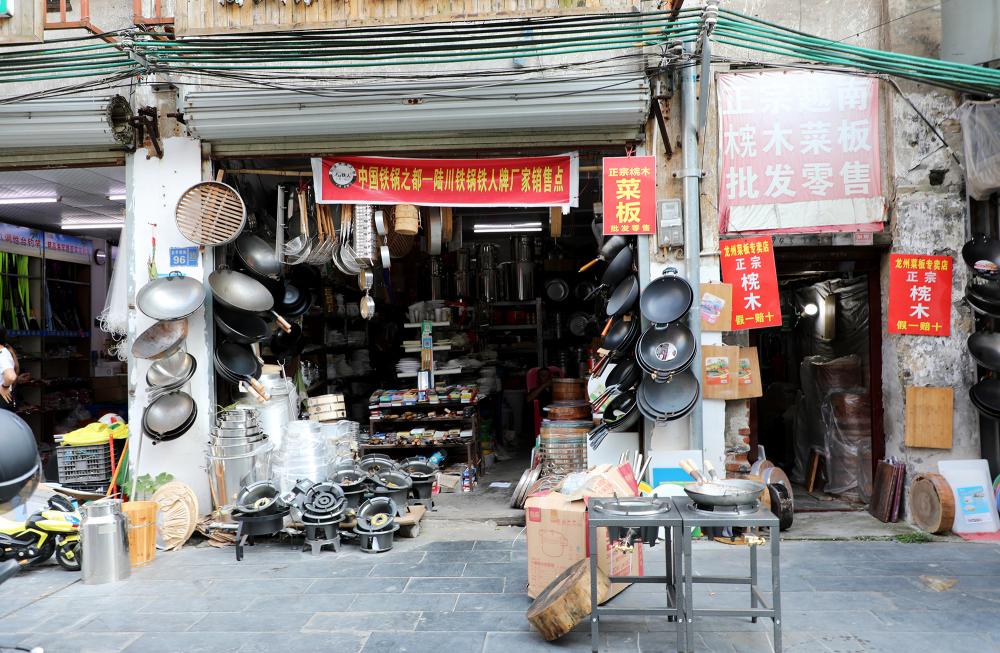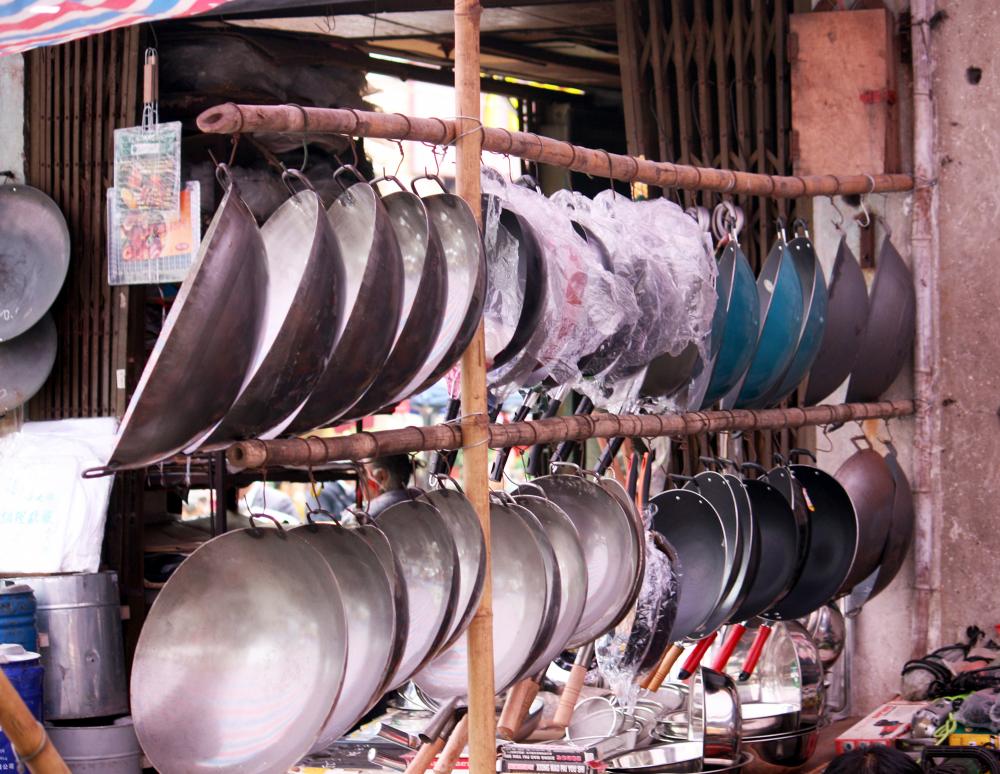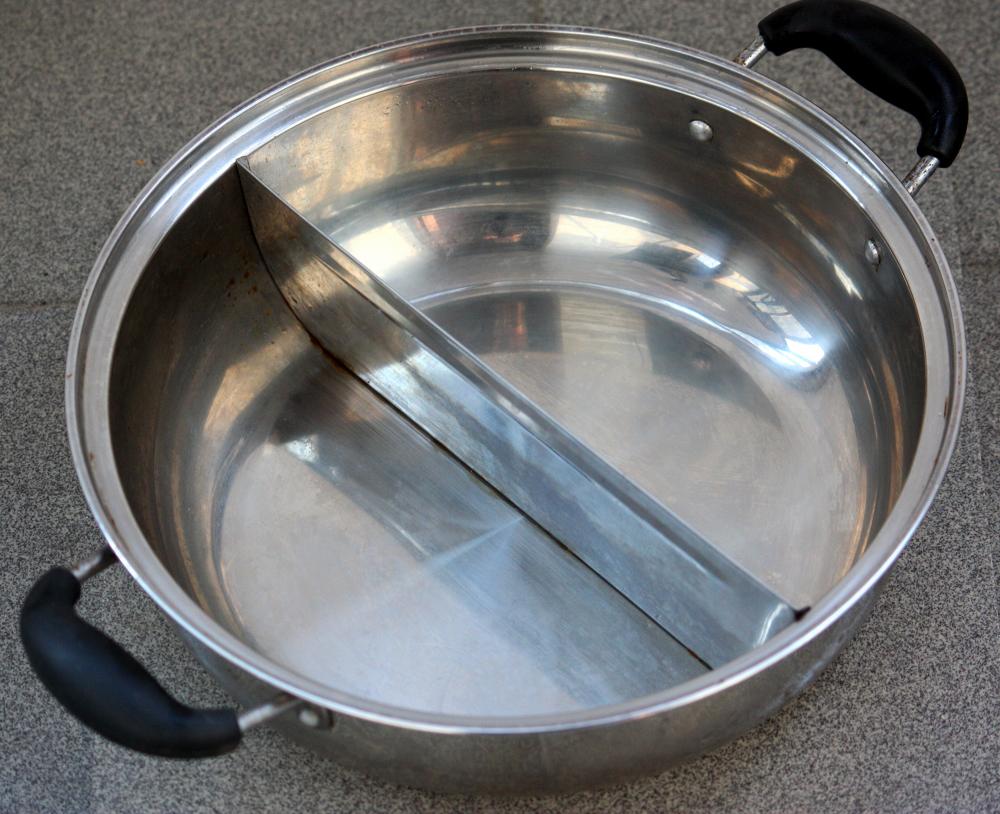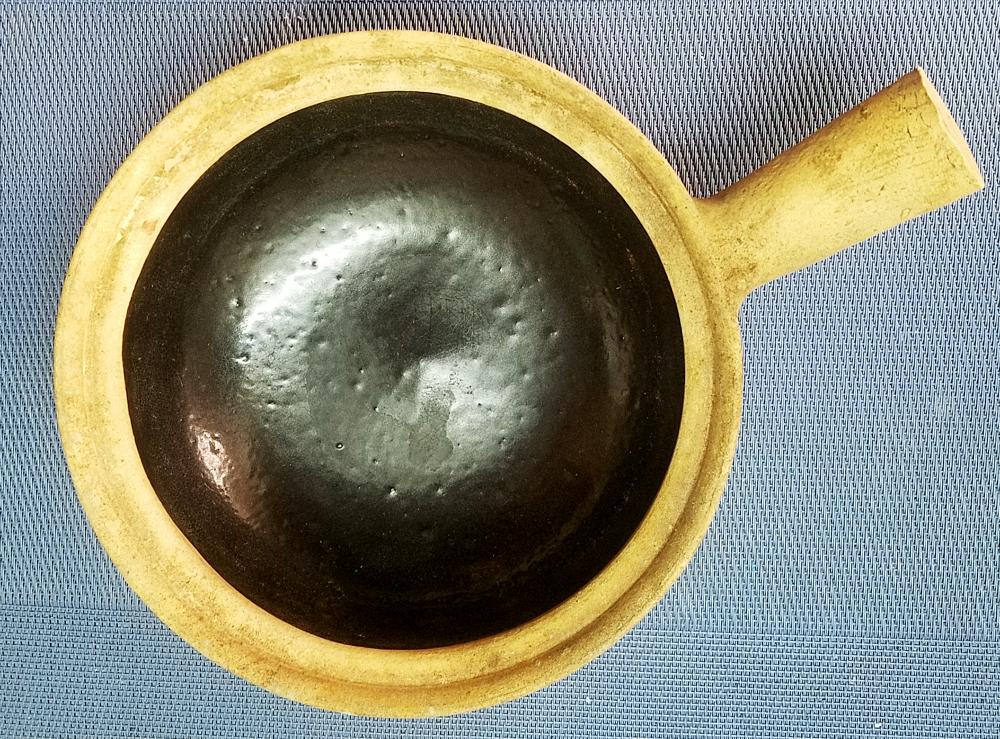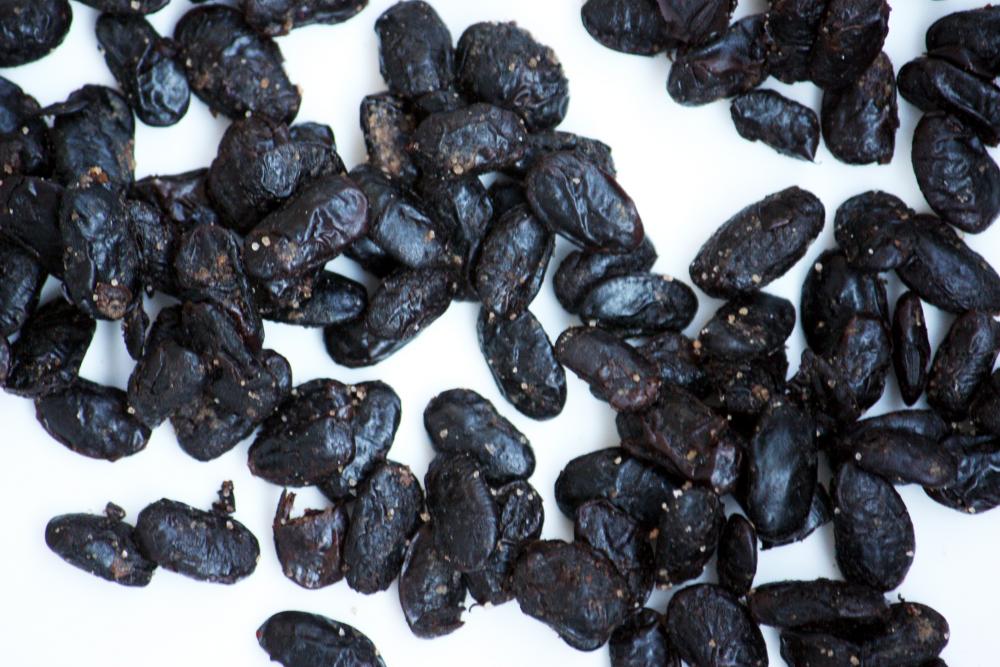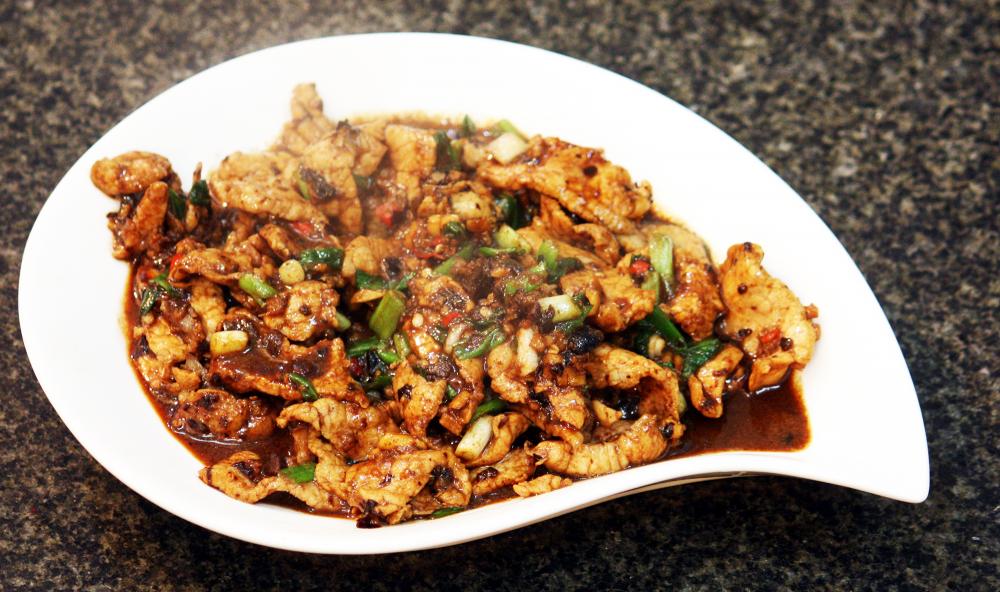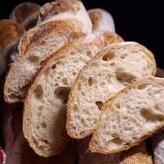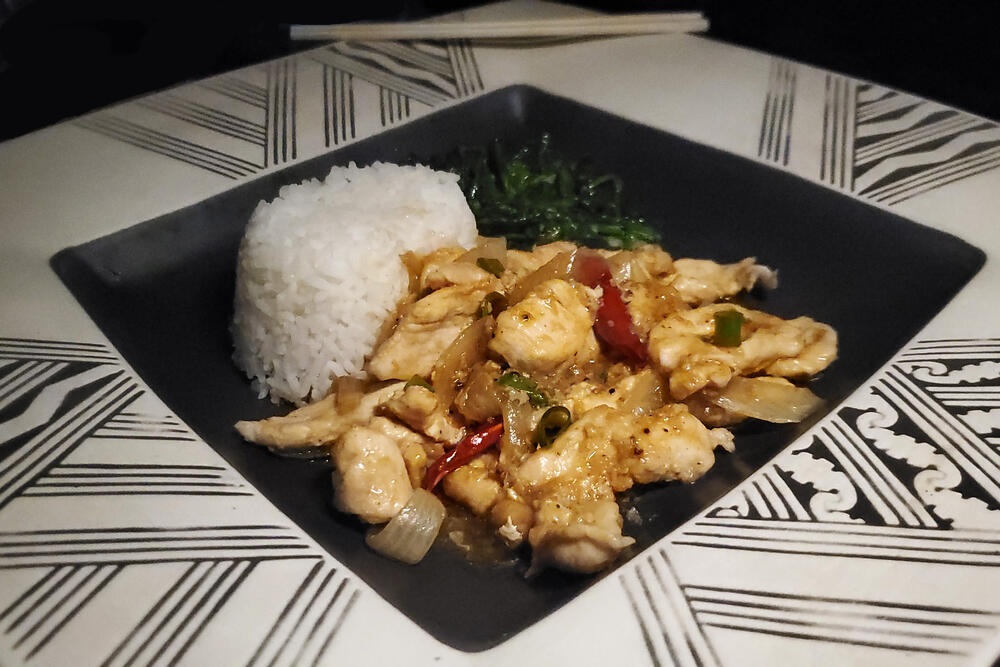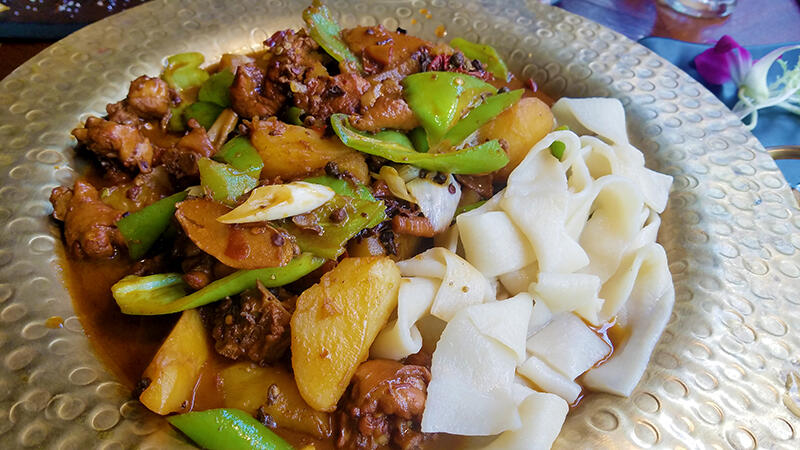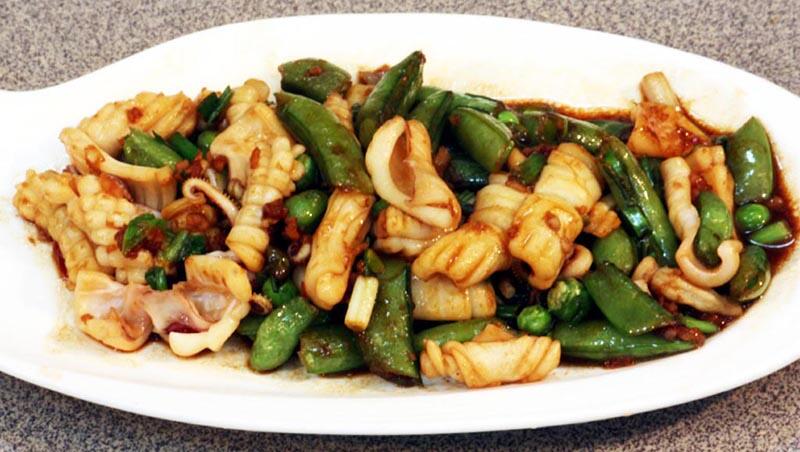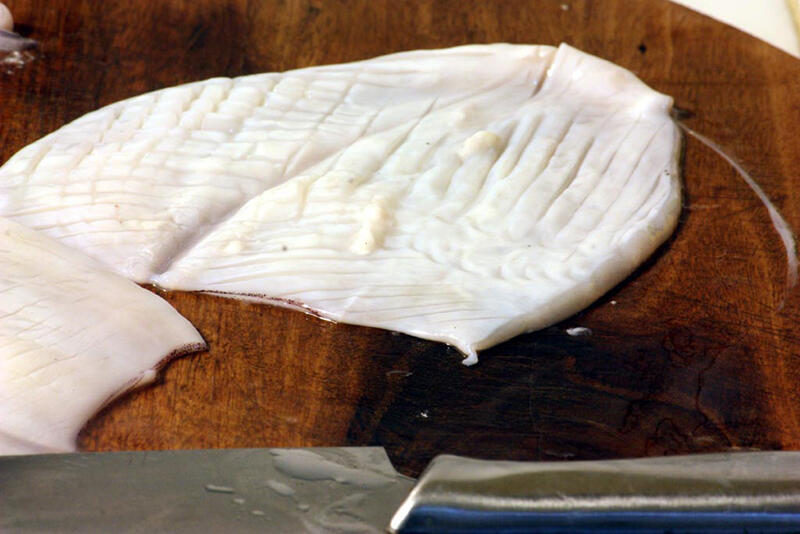Search the Community
Showing results for 'wok'.
Found 5,182 results
-
Yea, I don't get the allure of the wok blaster for the home cook. I put it in the impractical and unnecessary bragging rights category. More important to have a decent wok that can handle and distribute heat evenly.
-
Ming Tsai of Simply Ming ( PBS ) and several local restaurants very very good ones had an Induction Hob for a special Wok on one of his early seasons of " Simply Ming. he has also cooked in a few Chinese Restaurants in China on those massive extremely hot rest.woks. he only used the induction wok set up a few times. I could tell the wok got very very hot the hob was concave and perfectly fit the wok that was pared to it. Im guessing he took it off the show as " Viewers like You " were never going to get one for their home kitchen cost i believe at the time for the set up : 10 - 15,000 USD. plenty of hei for 15 K !
-
I will openly admit to buying into the myth about a wok needing high BTUs. Just putting my brain into gear should have dismissed the myth as logically unlikely outside of a restaurant setting. But apparently I didn’t take the time to think it through. It is regrettable because otherwise I might have used my wok much more frequently. It always struck me as an extremely well designed implement. Don’t do much cooking anymore so my wok is acquiring a lovely patina of dust. But I still have it so who knows.
-
10. You need a wok and high BTU burner to cook Chinese food. I've muttered and mumbled about this issue several times before elsewhere on this site, but it really belongs here, so... First, you need neither, although a wok (炒锅 - chǎo guō, literally 'fry pot', usually shortened to just 锅 - guō) is a very useful and versatile tool in the kitchen. Ideal for stir frying, deep frying, boiling, steaming, smoking etc. In many Chinese homes, the wok may well be the only utensil available. I use one in 95% of my cooking. Clay pot 沙锅 That said, not all Chinese dishes use woks. Clay pots (沙锅 - shā guō) are often used as are pressure cookers, rice cookers and these hot pot dishes. Stir fries can be done in regular frying pans/skillets, but woks are better. Their high sides enable better, more thorough stirring. Wok Burners There are those who will tell you that you can't use a wok successfuly on a regular stove. That will come as a shock to the millions of people across China cooking lunch right now in their woks using regular stoves. I have never seen anyone anywhere in China using a high-temperature wok burner outside of a restaurant. "But you won't get the 'wok hei' without a high temperature," they complain. Well, here's a secret. Few people care. Few people even know what 'wok hei' is. The expression 'wok hei' (鑊氣) is Cantonese, a language spoken by around 70 million people (most of whom are not even in China), whereas Putonghua (in English, Mandarin) is spoken by around a billion! So, it is really only important in Cantonese cooking. Even in Cantonese speaking areas, people don't use special wok burners domestically. Elsewhere, restaurants use high temperature cooking for stir fries as it is much quicker - obviously desirable in a busy restaurant or canteen. Until recently, I didn't even know where I could have bought a high BTU burner in this city, but found one shop in an area selling industrial equipment to business and restaurants etc.. If you want to emulate Cantonese restaurant food, then go ahead and get yourself one. Here, people just go to the restaurant or make do at home on their regular gas stoves.
-
Well, I mean, I use them as a sub for cast iron, except it's glassy-smooth from the factory (once you scrub the epic amount of coating crap off them). For thin carbon steel, I have a wok
-
So...does every stir fry taste porky? I'm used to using peanut oil exclusively. For a stir fry sauce I might add a bit of pork or ham broth or chicken broth depending on what's in the wok.
-
4. Black Bean Sauce I searched the supermarkets to find a bottle/jar of Lee Kum Kee Black Bean Sauce to take a picture to decorate this comment. Not in the least to my surprise, I failed to find any, or any other brand. Although some LKK products are available, not that one, for the simple reason that no one wants it. Black bean sauce is very popular, but not from a bottle. The sauce is made fresh in the wok each time, using the ingredients individually. Fermented black beans or 豆豉 (dòu chǐ ) are easily found, cheap and keep for months. They are fried along with the main protein or vegetable. Garlc, ginger, soy sauce, etc are also incorporated - i.e all the things in LKK's bottle except the "caramel color, modified corn starch, xanthan gum." Pork in Black Bean Sauce
-
This is what I use. Germs don't stand a chance, plus I get that great wok hei aroma and taste. But seriously, folks, I just use lots of plain water.
-
The excellent and aforementioned Chinese Cooking Demystified has a new video discussing home stir fry techniques which appears to have been inspired by a longer conversation on Kenji's channel (which I have not yet watched). They observe in an excerpt from that discussion that a lot of the obsession with high powered burners is borne from a focus on restaurant technique that isn't really something Chinese home cooks think about. They also note that a lot of the issues people attribute to a not-hot-enough burner is really from using a wok that's too small or putting too much food in at once. (Not exactly new information for this thread but it was a nice discussion.) That said, as someone with a flat top radiant stove, I've been quite tempted by the Iwatani 35FW — but for reasons of control, rather than heat output.
-
As @liuzhou mentioned, you can make wonderful Chinese food without a wok as evidenced by @hzrt8w's eGullet Chinese food pictorials (click)...not a wok in sight.
-
All you need is a wok, preferably carbon steel or cast iron, and maybe a wok stand depending on your regular stove. Unless you are a restaurant. Chinese home cooks do not have butane burners and in a quarter of a century in China, I've never seen an electric wok! 1.4 billion people here use woks, usually more than once a day. On regular stoves and seldom ouside.
-
hello, guys since that's the only thread about wok (which I've managed to find), I want to ask you, which woks are you using? I'm really into Asian cuisine, and I'd like to make a simple wok dish at home. I've read this article, but still have no clue choosing the right equipment! Any help would be appreciated Thanks a lot!
-
I understand you dry it, oil it and wipe it out before putting it away. But the next time you use it, do you heat it, put a tiny drop of oil in it, and wipe it out before you start actually cooking in it. Because this is the method I use for all non non-stick pans (i.e. cast iron, whatever my wok is made out of, carbon steel). Even when using stainless steel or lined copper, the pan needs to be at a proper temperature for stuff not to stick.
-
I confess that I flunked "seasoning 1". I have meticulously followed manufacturers' instructions only to wind up with an unseasoned pan. BUT most all of my cast iron pans and one Dutch oven, my calphlon dedicated to deep frying and several woks have become perfectly seasoned. Because, I believe, they are used consistently with oils and never scoured clean. The Dutch oven is one I use for bread and which I spray with cooking spray each use and only rinse out with water. In my mental "notebook", it is the repeated use of oil that is allowed to gradually adhere that creates the desired surface.
-
Did crepes today @ 335 F on a dubuyer crepe pan (mineral B IIRC). Did a quick pre-heat to 400 with some oil in there, wok style. It worked very well, browned but not overly so, quickly cooked. The dubuyer pans seem to overshoot quite a bit on the initial heating, so letting it go back down a bit to stay out of butter burn zone is good idea (I use butter to cook them, with that very thin film of oil from the initial heating left in there). This is much better the trying to move the gas knob a hair or two back and forth. I think breaking out the big crepe pan and hitting up some galettes might be in order.
-
Breakfast. "Velveted" the chicken. Stir fried onions, garlic, ginger, tossed the chicken back into the wok. Added a couple of spoons of black pepper sauce, chicken broth, salt and white pepper. Tossed in a few dried red chili peppers and topped with chopped green onion. Served with steamed rice and spinach sauted with minced garlic.
-
One favourite here among the rice eaters is 土豆丝 (tǔ dòu sī ) or slivered potatoes with vinegar. Several of the recipes on Google include bell peppers. Never! It is matchstick slivers of potato with chilli, Sichuan peppercorns, garlic and vinegar. Often slivered carrot is mixed with the potato, but in lesser quantities. 1 part carrot to three parts potato. 1 large potato dried chili peppers (to taste) If you can get them, dried "facing heaven chillies" are best 1 tsp Sichuan peppercorns 1/2 tbsp light soy sauce 2 cloves garlic, minced 2 tsp vinegar (most recipes recommend Zhenjiang (Chinkiang) vinegar, but I usually use white rice vinegar, instead) 1 tbsp vegetable cooking oil spring onion / scallion cilantro / coriander salt and white pepper Peel and clean potatoes (and carrots if using) and cut into matchstick sized slivers. Try to keep them all as near as possible to the same size. I suggest using a cleaver or sharp cook's knife. Food processors or other methods never work for me. Soak the potato (and carrot) in ice cold water for around ten minutes. Drain and dry with a towel. Heat your wok or skillet add oil then the chillies and peppercorns. As soon as you detect their fragrance, add the potato slivers and stir fry until they soften. Add soy sauce. Season with salt and ground white pepper. Add the vinegar, stir and serve garnished with the cilantro / coriander.
-
That Pyrex some of the pulled pork was in, in my last post? I put it into a different bowl and my husband let the dog lick the pork fat it. 🙈 I tried to dry fry green beans but I should have done them in the wok. They were dull. I gave the dog some. We also had Mac and cheese. The dog didn’t get any of that. But she’s probably the most sated out of all of us.
-
Sure. It's from Marion's Kitchen. Spicy Peanut Noodle Soup INGREDIENTS 3 tbsp vegetable oil 3 garlic cloves, finely chopped 3cm piece ginger, finely chopped 1 tsp chilli powder (or to taste) 1 tsp sweet paprika 200g (7 oz) pork mince 2 tbsp crunchy peanut butter 2 tbsp soy sauce 1 tbsp vinegar 5 cups chicken stock 400g (14 oz) cooked noodles 12 frozen dumplings Finely sliced spring onion (scallions), to serve INSTRUCTIONS STEP 1 Heat the vegetable oil in a wok or large saucepan over medium-high heat. Add the garlic, ginger, chilli and paprika. Stir-fry for half a minute. Then add the pork and stir-fry until almost cooked. Add the peanut butter, soy sauce and vinegar and stir-fry for about 2 minutes or until thick and bubbling. Add the chicken stock and simmer for 2-3 minutes. Taste and season with extra soy sauce or salt to taste. STEP 2 Cook dumplings in boiling water according to packet instructions. STEP 3 Divide pork soup among serving bowls. Add cooked noodles and top with dumplings. Sprinkle with spring onion and serve.
-
I think a large part of this is that us Westerners are much more exposed to restaurant style cooking and street food than we are to home cooking. This is also visible in going for particular type of dishes (e.g. stir fired noodles, dumplings) rather than others (e.g. broths, simple cooked vegetable dishes). As to cheaters wok hei, I often brush a few of the ingredients with oil before lightly charring them on a flame. Then I chop them as needed and stir fry over high flame as usual. This usually gives enough of the smoky flavor for my taste.
-
Big Plate Chicken - 大盘鸡 (dà pán jī) This very filling dish of chicken and potato stew is from Xinjiang province in China's far west, although it is said to have been invented by a visitor from Sichuan. In recent years, it has become popular in cities across China, where it is made using a whole chicken which is chopped, with skin and on the bone, into small pieces suitable for easy chopstick handling. If you want to go that way, any Asian market should be able to chop the bird for you. Otherwise you may use boneless chicken thighs instead. Ingredients Chicken chopped on the bone or Boneless skinless chicken thighs 6 Light soy sauce Dark soy sauce Shaoxing wine Cornstarch or similar. I use potato starch. Vegetable oil (not olive oil) Star anise, 4 Cinnamon, 1 stick Bay leaves, 5 or 6 Fresh ginger, 6 coin sized slices Garlic. 5 cloves, roughly chopped Sichuan peppercorns, 1 tablespoon Whole dried red chillies, 6 -10 (optional). If you can source the Sichuan chiles known as Facing Heaven Chiles, so much the better. Potatoes 2 or 3 medium sized. peeled and cut into bite-sized pieces Carrot. 1, thinly sliced Dried wheat noodles. 8 oz. Traditionally, these would be a long, flat thick variety. I've use Italian tagliatelle successfully. Red bell pepper. 1 cut into chunks Green bell pepper, 1 cut into chunks Salt Scallion, 2 sliced. Method First, cut the chicken into bite sized pieces and marinate in 1½ teaspoons light soy sauce, 3 teaspoons of Shaoxing and 1½ teaspoons of cornstarch. Set aside for about twenty minutes while you prepare the rest of the ingredients. Heat the wok and add three tablespoons cooking oil. Add the ginger, garlic, star anise, cinnamon stick, bay leaves, Sichuan peppercorns and chilies. Fry on a low heat for a minute or so. If they look about to burn, splash a little water into your wok. This will lower the temperature slightly. Add the chicken and turn up the heat. Continue frying until the meat is nicely seared, then add the potatoes and carrots. Stir fry a minute more then add 2 teaspoons of the dark soy sauce, 2 tablespoons of the light soy sauce and 2 tablespoons of the Shaoxing wine along with 3 cups of water. Bring to a boil, then reduce to medium. Cover and cook for around 15-20 minutes until the potatoes are done. While the main dish is cooking, cook the noodles separately according to the packet instructions. Reserve some of the noodle cooking water and drain. When the chicken and potatoes are done, you may add a little of the noodle water if the dish appears on the dry side. It should be saucy, but not soupy. Add the bell peppers and cook for three to four minutes more. Add scallions. Check seasoning and add some salt if it needs it. It may not due to the soy sauce and, if in the USA, Shaoxing wine. Serve on a large plate for everyone to help themselves from. Plate the noodles first, then cover with the meat and potato. Enjoy.
-
Stir-fried Squid with Snow Peas - 荷兰豆鱿鱼 Another popular restaurant dish that can easily be made at home. The only difficult part (and it's really not that difficult) is preparing the squid. However, your seafood purveyor should be able to do that for you. I have given details below. Ingredients Fresh squid. I tend to prefer the smaller squid in which case I allow one or two squid per person, depending on what other dishes I'm serving. You could use whole frozen squid if fresh is unavailable. Certainly not dried squid. Snow peas aka Mange Tout. Sugar snap peas can also be used. The final dish should be around 50% squid and 50% peas, so an amount roughly equivalent to the squid in bulk is what you are looking for. De-string if necessary and cut in half width-wise. Cooking oil. I use rice bran oil, but any vegetable cooking oil is fine. Not olive oil, though. Garlic. I prefer this dish to be rather garlicky so I use one clove or more per squid. Adjust to your preference. Ginger. An amount equivalent to that of garlic. Red Chile. One or two small hot red chiles. Shaoxing wine. See method. Note: Unlike elsewhere, Shaoxing wine sold in N. America is salted. So, cut back on adding salt if using American sourced Shaoxing. Oyster sauce Sesame oil (optional) Salt Preparing the squid The squid should be cleaned and the tentacles and innards pulled out and set aside while you deal with the tubular body. Remove the internal cartilage / bone along with any remaining innards. With a sharp knife remove the "wings" then slit open the tube by sliding your knife inside and cutting down one side. Open out the now butterflied body. Remove the reddish skin (It is edible, but removing it makes for a nicer presentation. It peels off easily.) Again, using the sharp knife cut score marks on the inside at 1/8th of an inch intervals being careful not to cut all the way through. Then repeat at right angles to the original scoring, to give a cross-hatch effect. Do the same to the squid wings. Cut the body into rectangles roughly the size of a large postage stamp. Separate the tentacles from the innards by feeling for the beak, a hard growth just above the tentacles and at the start of the animal's digestive tract. Dispose of all but the tentacles. If they are long, half them. Wash all the squid meat again. Method There are only two ways to cook squid and have it remain edible. Long slow cooking (an hour or more) or very rapid (a few seconds) then served immediately. Anything else and you'll be chewing on rubber. So that is why I am stir frying it. Few restaurants get this right, so I mainly eat it at home. Heat your wok and add oil. Have a cup of water to the side. Add the garlic, ginger and chile. Should you think it's about to burn, throw in a little of that water. It will evaporate almost immediately but slow down some of the heat. As soon as you can smell the fragrance of the garlic and ginger, add the peas and salt and toss until the peas are nearly cooked (Try a piece to see!). Almost finally, add the squid with a tablespoon of the Shaoxing and about the same of oyster sauce. Do not attempt to add the oyster sauce straight from the bottle. The chances of the whole bottle emptying into your dinner is high! Believe me. I've been there! The squid will curl up and turn opaque in seconds. It's cooked. Sprinkle with a teaspoon of so of sesame oil (if used) and serve immediately!
-
I dunno. I haven't the patience to become a good cook of Asian dishes. But I do crank up the exhaust fans and heat the wok to smoking, sear veg and quickly brown marinated meat and chicken. It may not reach the heights of wok hei, but it's enough to create memorable flavor and even more lasting kitchen schmutz.
-
Burnt food is indeed unhealthy, *IF* carbon is being created - however, Wok Hei is the searing / slight browning of anything (I suppose?), thus creating a smokey/toasted aroma. Pre-carbon creation, no doubt. Take for example Beef Ho Fun - the noodles especially are to be toasted to create a bit of browning, as are any veg, thus the Wok Hei technique is accomplished. Same concept for the aforementioned cabbage example, browning/blistering the veg not only caramelizes the sugars, but will also create a smokey note - which is the essence of Wok Hei.
-
That would certainly boost the flavor, wok hei be damned!






